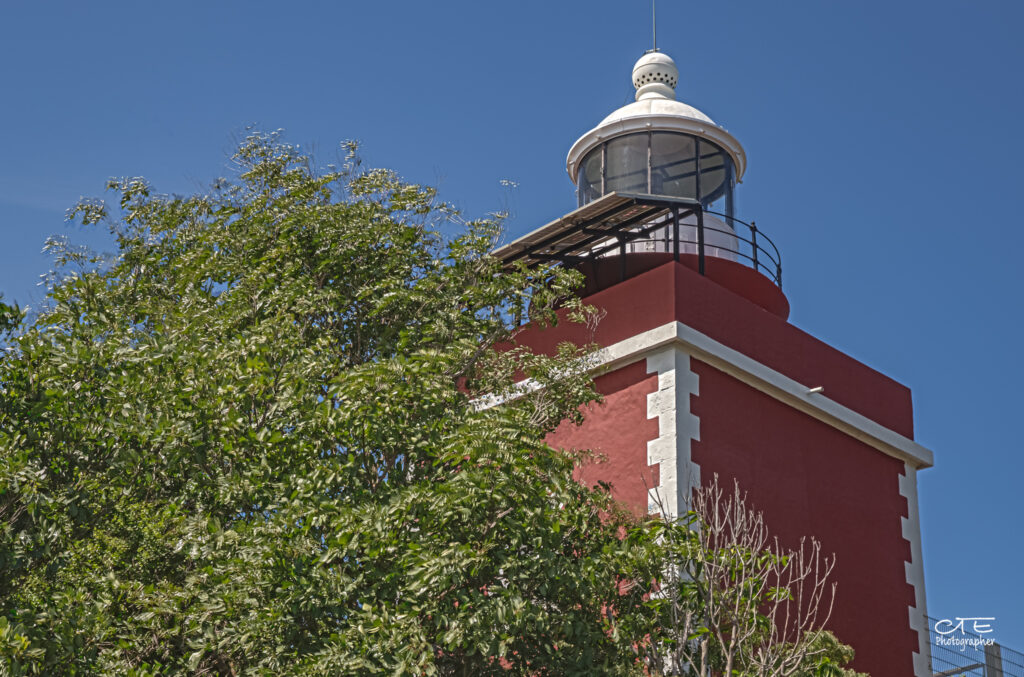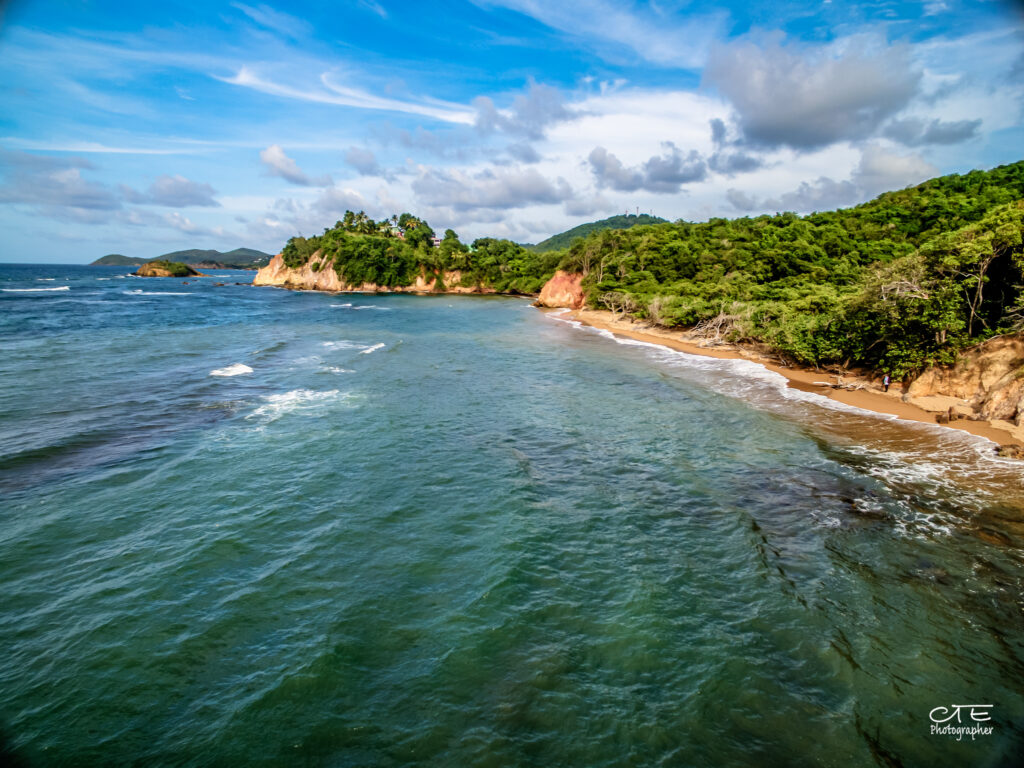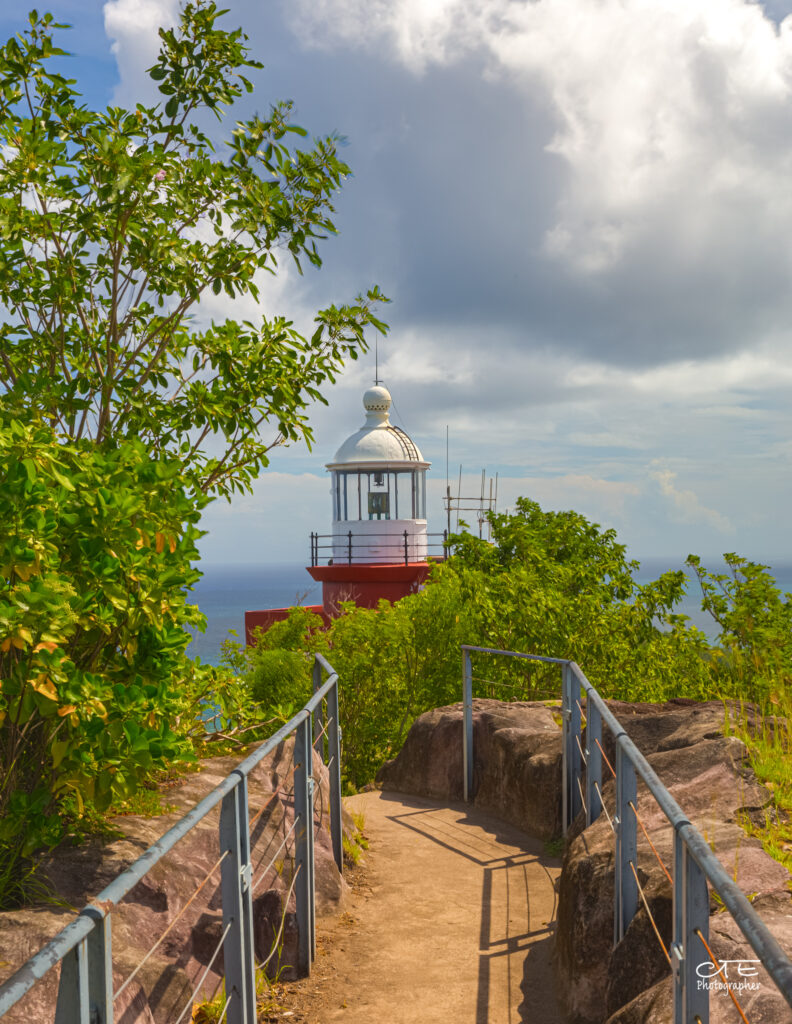
Caravelle Peninsula (or Pointe a Bibi in Trinité / Morne Pavillon in Trinité / Tartane / Chateau Dubuc)
Description
The Caravelle peninsula is part of the “ancient arch”, upon entering you walk on the oldest soils of Martinique (between 18 and 24 million years before our era). It is approximately 10 km long and 1 km wide, and marks the transition between the North Atlantic coast and the South Atlantic coast. Its configuration and relief have favored the development of a wide variety of plant formations and unique landscapes.
This peninsula, located in the municipality of Trinité, is currently quite well known for the Château Dubuc, which it is possible to visit.
Indeed, at the time of slavery, Trinité was a commercial port for sugar and rum. This past has also greatly marked the landscape of the city. The peninsula, for example, largely deforested for the cultivation of sugar cane, was subject to a recolonization of natural vegetation after the abolition of slavery.
Fortunately, it was and still is today a reservoir of rich and varied biodiversity full of wonders to discover.
To the north, it is possible to explore several points on foot, including Pointe à Bibi and Pointe Rouge, but also the bay and the Tartane islet.
In the South, not to mention only its natural reserve that extends over 388 ha in the extreme east; there are a multitude of Martinican landscapes: savannahs, dry forests, mangroves, scrub, cliffside flora, and back beach forests.
Biodiversity
The Caravelle Nature Reserve , an environment with a very dry climate and rugged terrain, rests on volcanic soil. Classified nationally, it is home to more than 150 species of plants, among which, there is a rare plant specie, endemic to the reserve, the Coccoloba caravellae. In the different forests we find the courbaril (Hymenaea courbaril), the false mastic or mastwood (Sideroxylon foetidissimum) and the redwood or red grape (Coccoloba swartzii).
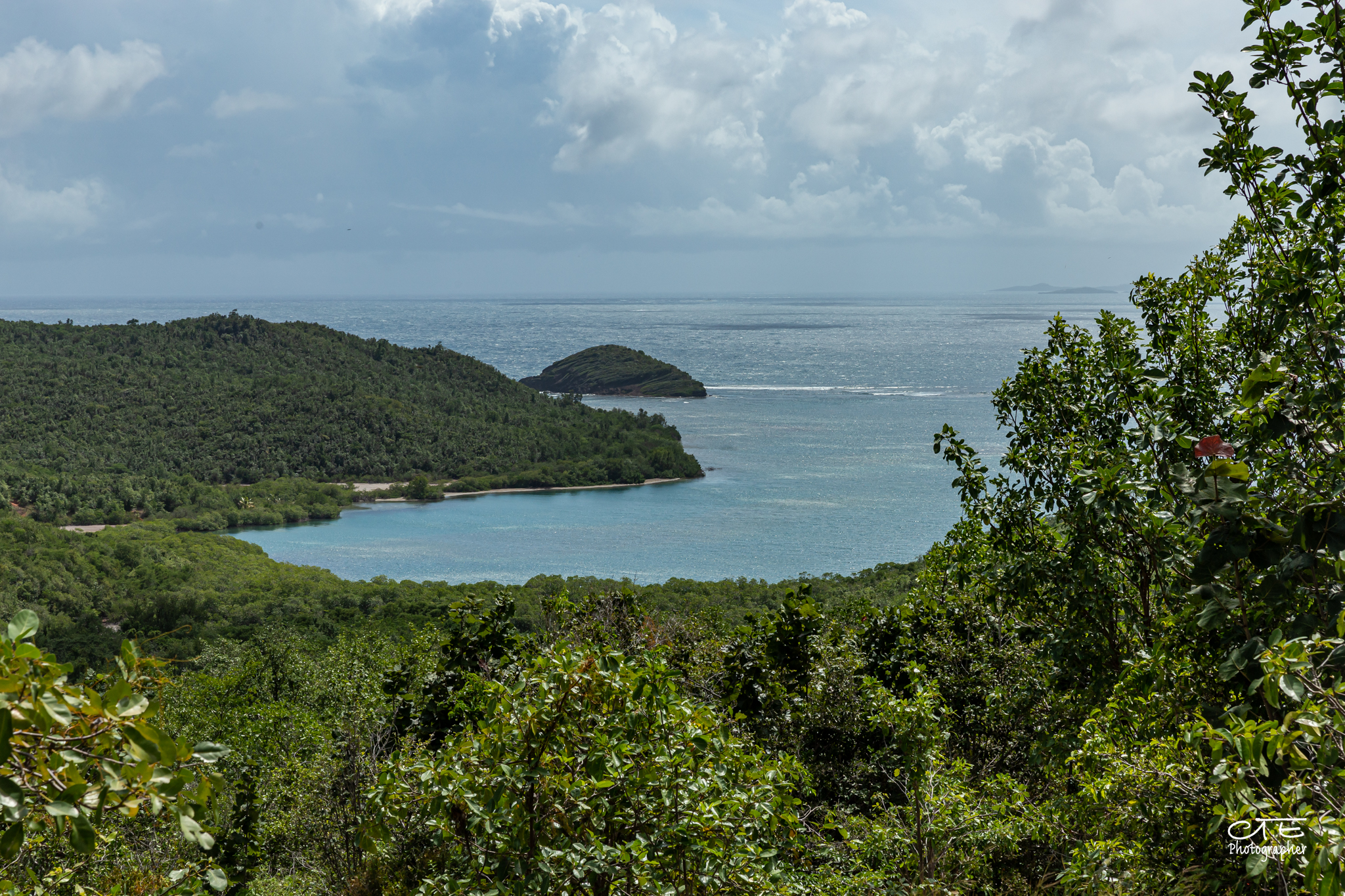
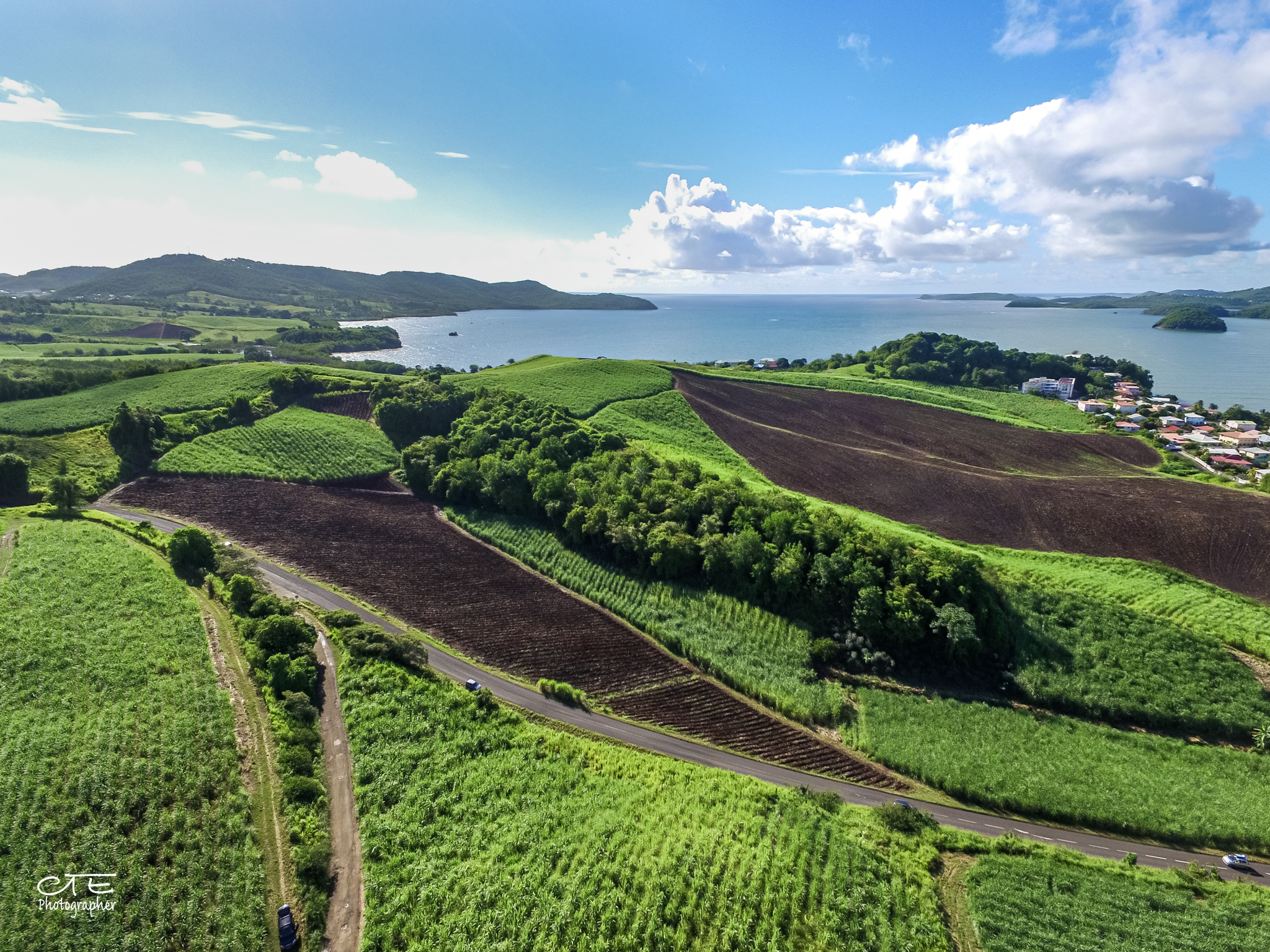
The mangroves are home to specimens of white mangrove (Laguncularia racemosa), button mangrove (Conocarpus erectus), red mangrove (Rhizophora mangle) and black mangrove (Avicennia germinans).
This diversity of ecosystems allows the fauna to be also very varied and particular. Eighty species of birds, such as the bananaquit (Coereba flaveola) and the Antillean crested hummingbird (Orthorhyncus cristatus) frequent the scrub, as well as the yellow warbler (Setophaga petechia), the grey kingbird (Tyrannus dominicensis)… and two endemic species of Martinique: the white-breasted thrasher (Ramphocinclus brachyurus), an endemic species to the peninsula and Saint Lucia, which has been listed on the IUCN Red List of Threatened Species; and the Martinique oriole (Icterus bonana), strictly endemic to the island. Crustaceans are also present, here you can find land crabs such as: the swamp ghost crab (Ucides cordatus) and the blackback land crab (Gecarcinus lateralis).
As for the sea, the surroundings of the peninsula are also rich in fish typical of the coral reef.
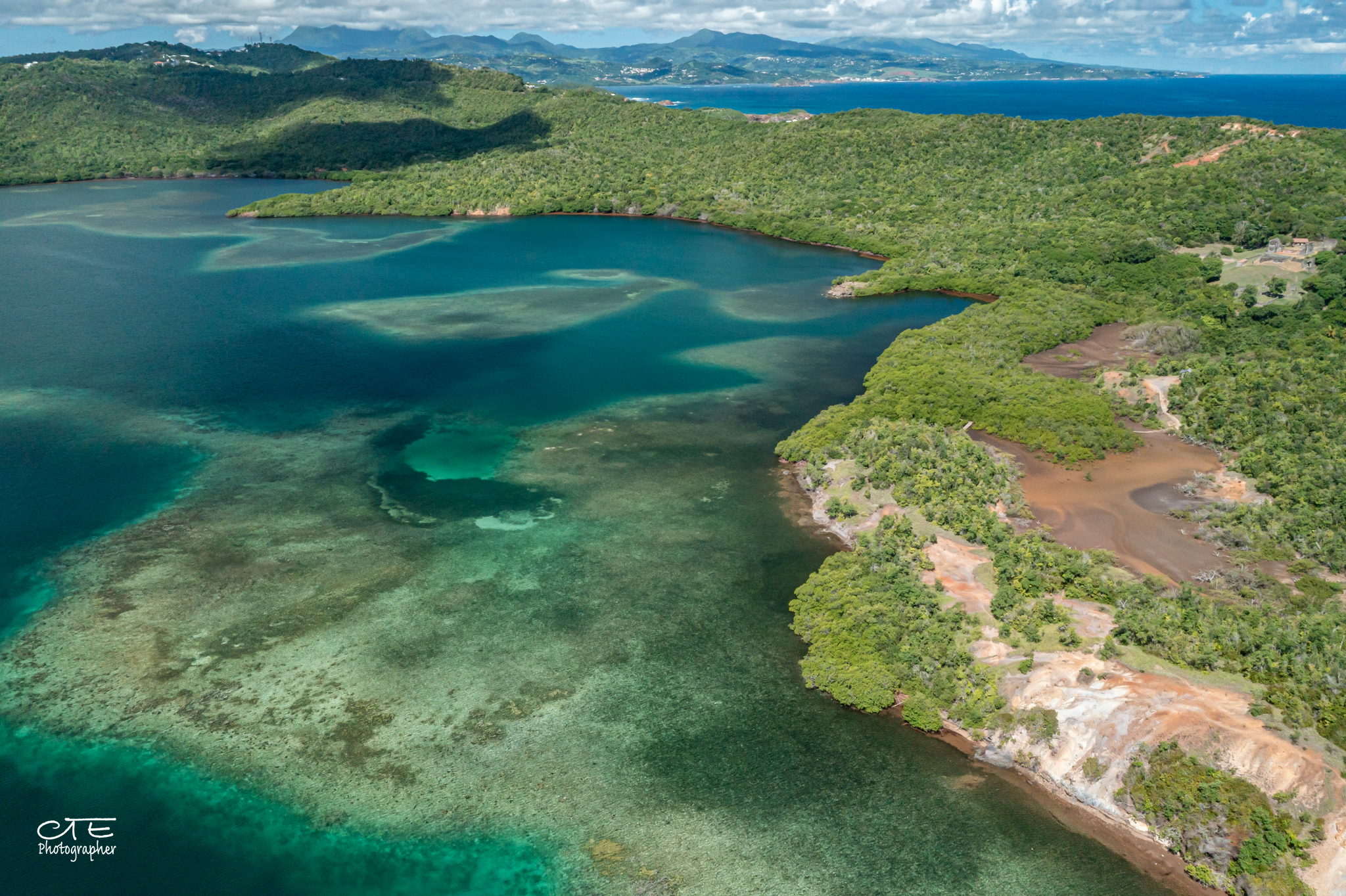
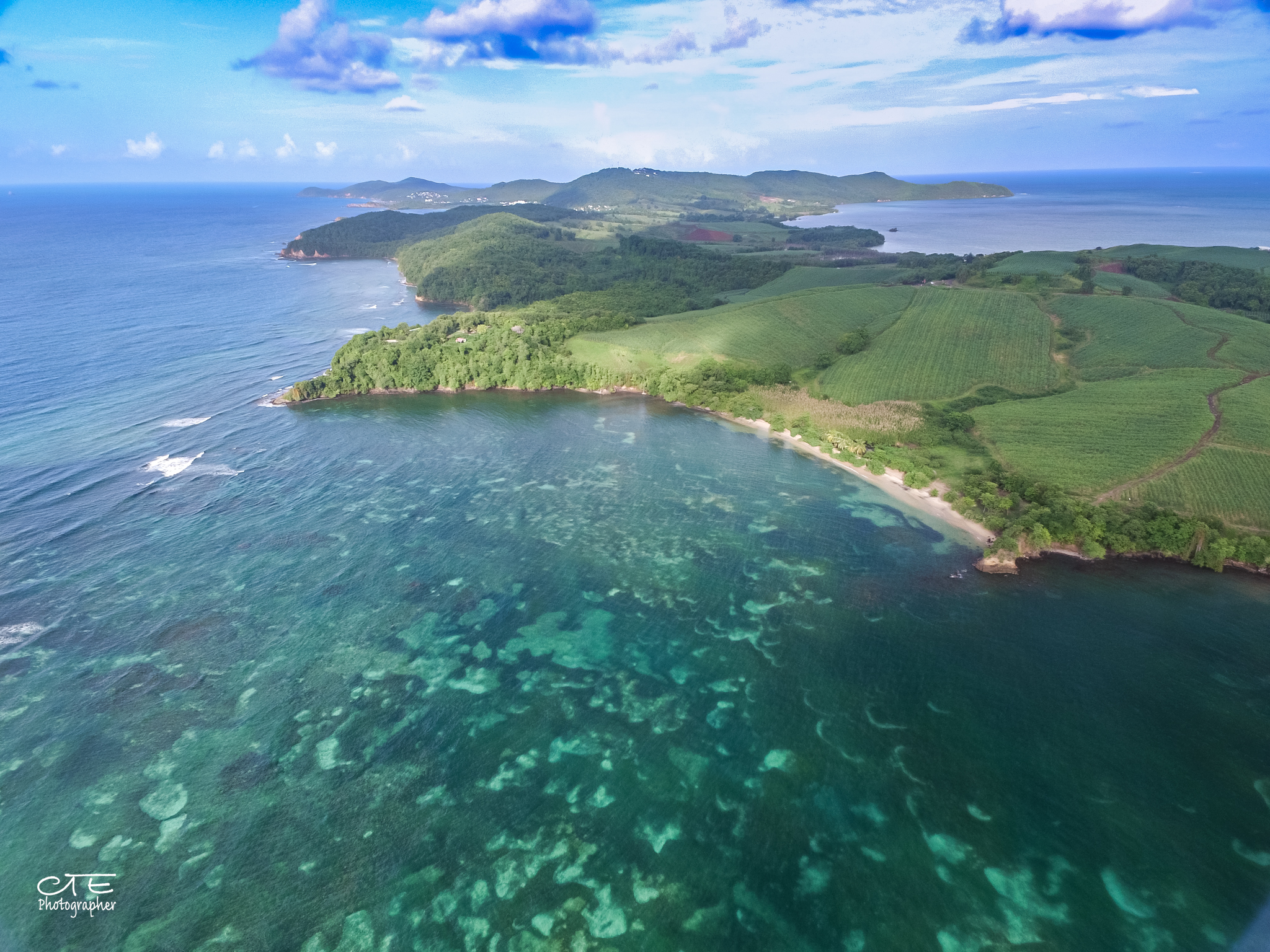
Ecotourism potential
Leaving from the Château Dubuc car park, two well-signposted circuits allow you to discover nature and its landscapes (in 1h30 for the little ones, and half a day for the older ones). This walk, to be done preferably in the morning to avoid sunstroke, allows you to discover the Caravelle lighthouse (located at 157 m above sea level) and its toposcope, which describes its 360° panorama. As well as various cliffs, coves, bays, islets and stunning beaches that border it.
If you keep a sharp eye out, you will inevitably see animal species, both flying and non-flying, that will make this walk around the peninsula. Several swimming stops are possible, as long as you plan a picnic and take your waste with you.
Informations
-
Types de milieux
Côtes, Forêt sèche, Forêt sèche sur sol volcanique, Mangrove, Plage, Presqu'île, Récif corallien -
Location
Martinique (Trinité)

